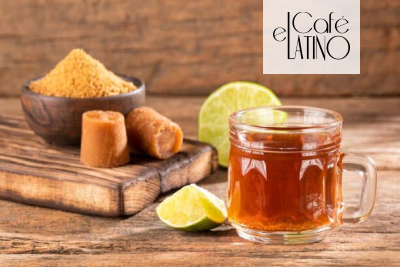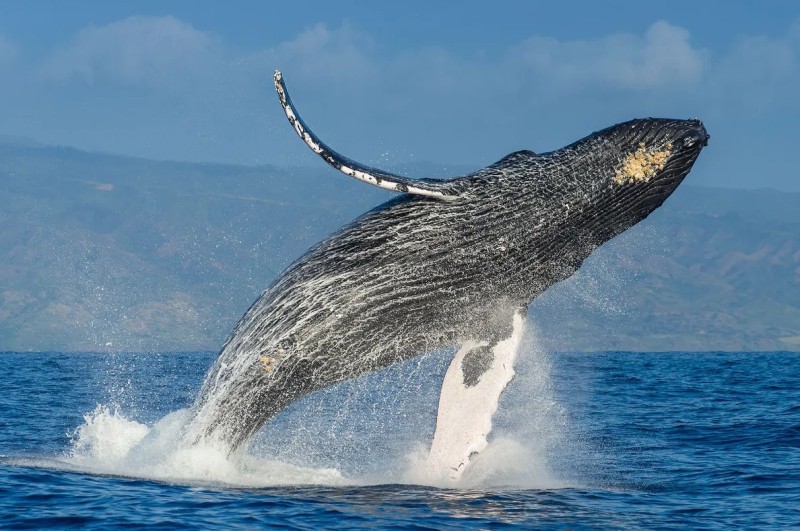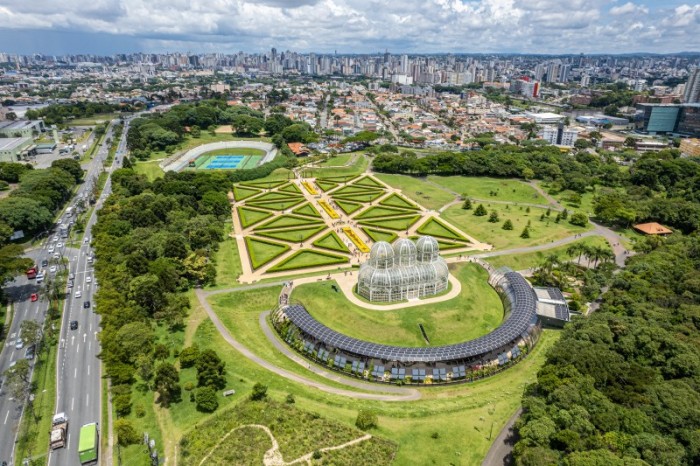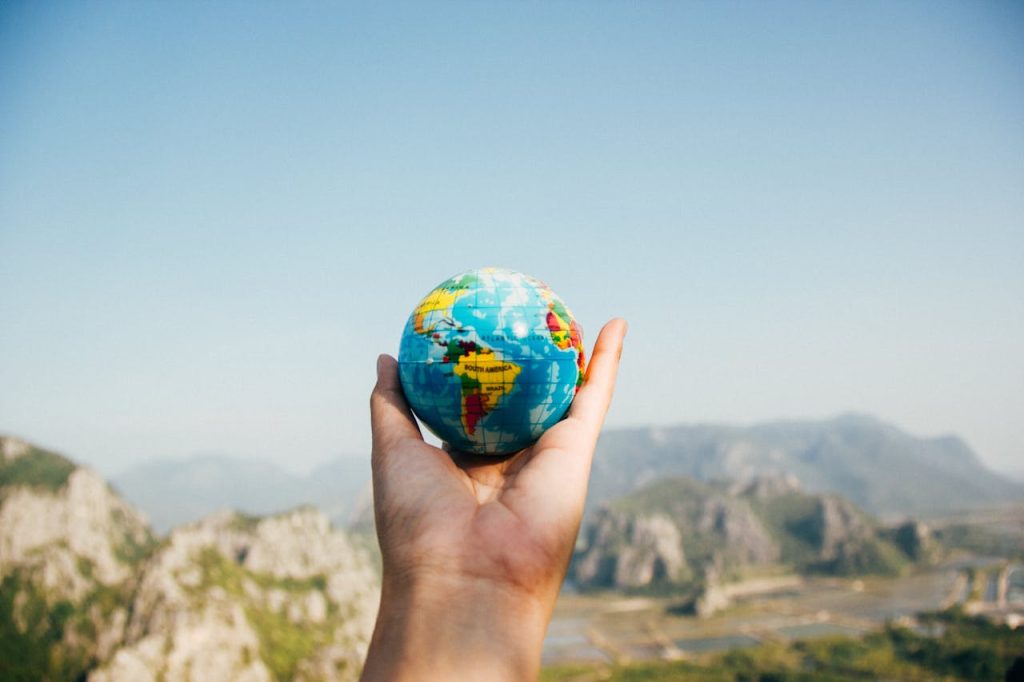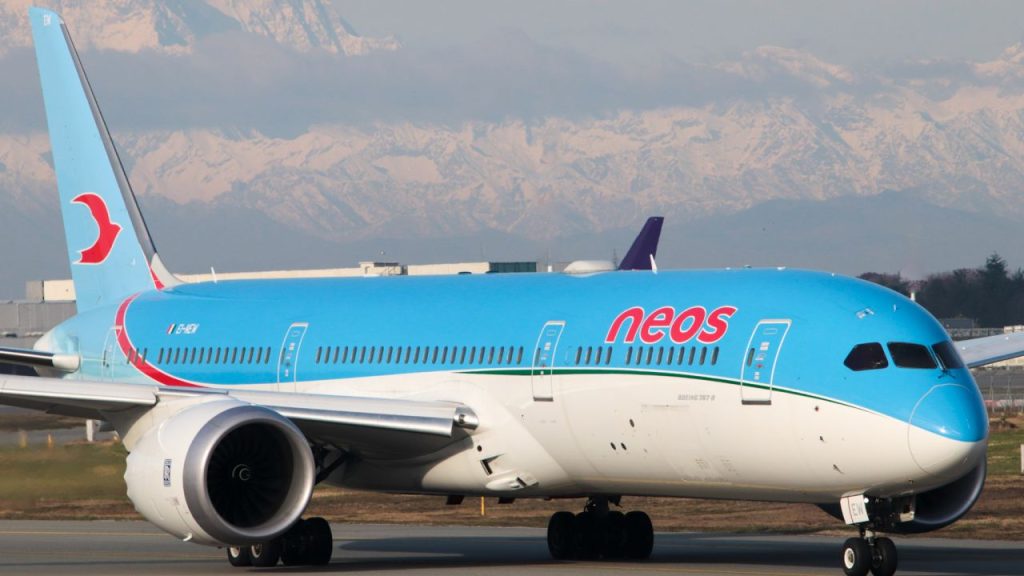Text by Carmen Helena Trujillo Vega – This article was originally published on www.elcafelatino.org
The food panela, rich in minerals and vitamins, also known as papelón in Venezuela, piloncillo in Mexico, raspadura in Cuba, chancaca in Ecuador, Bolivia and Peru, was born from the work of the hands of strong and enterprising farmers.
It is produced from sugar cane, which was introduced to Latin America during the Spanish conquest. If we focus on Colombia, where sugar cane is grown in warm territories, from sea level to about 2,000 m above sea level, in tropical lands where there are no seasons.
The production process of panela is as follows:
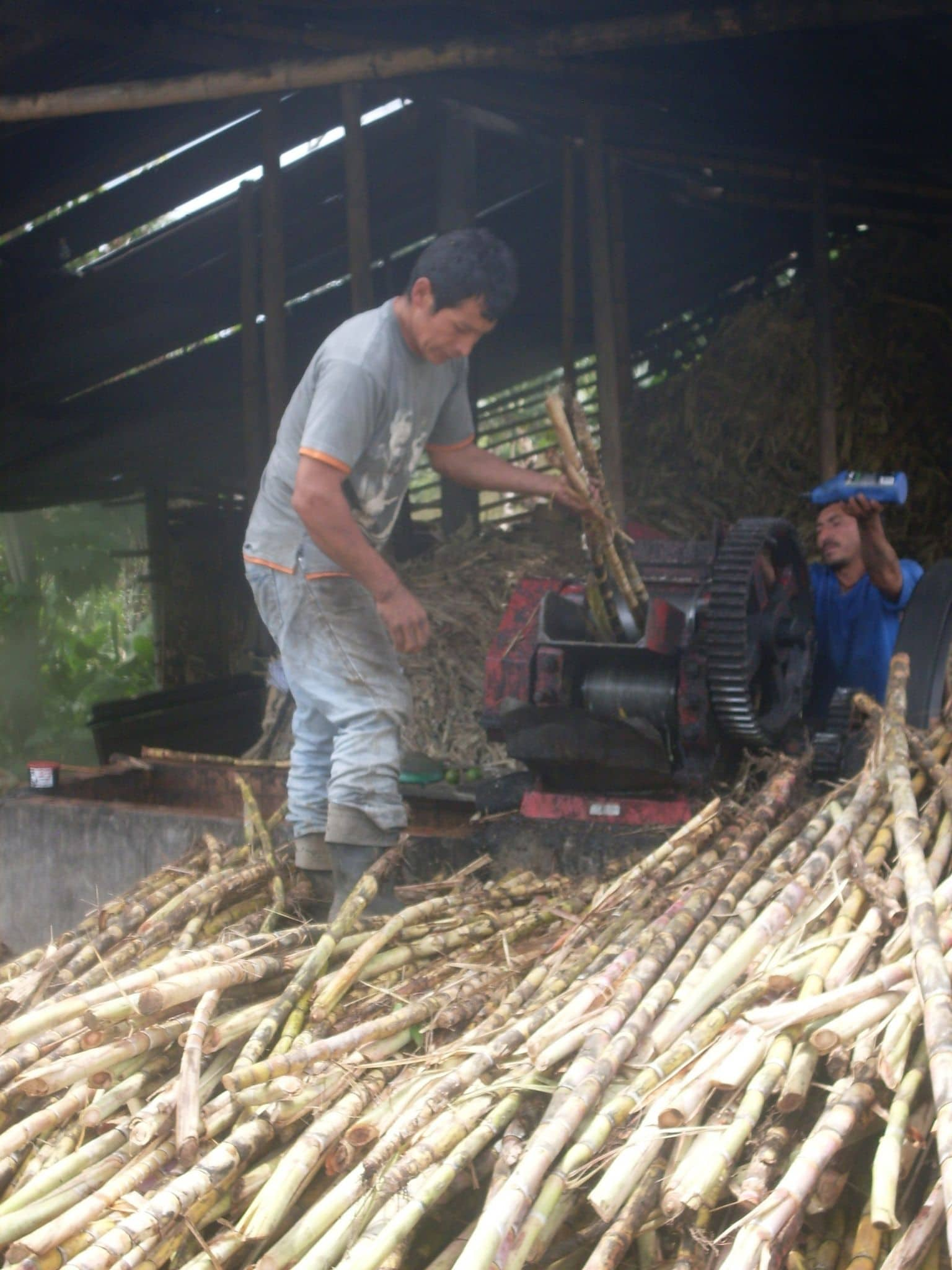
- Harvesting the cane and transporting it on mules to the mill.
- Pressing of the cane “Metecaña” in the mill. What remains of the cane after pressing is the bagasse, which is used as fuel.
- The juice is placed in buckets over the fire, where it is then filtered with wooden instruments.
- At the fire, it is also whipped with a wooden instrument to find the right texture. When the juices are cooked, this is called the evaporation and concentration process.
- The juices are whipped to cool and transferred to the moulds.
- Then they are packed in plastic bags and marketed.
This is how panela is ready for commercialization, Colombia is the second largest panela producer in the world with 16% of the market, after India (Agribusiness, 2021)
The majority of panela is consumed in the country and only a small percentage is exported, generating about 287,000 jobs. (Agribusiness, 2021)
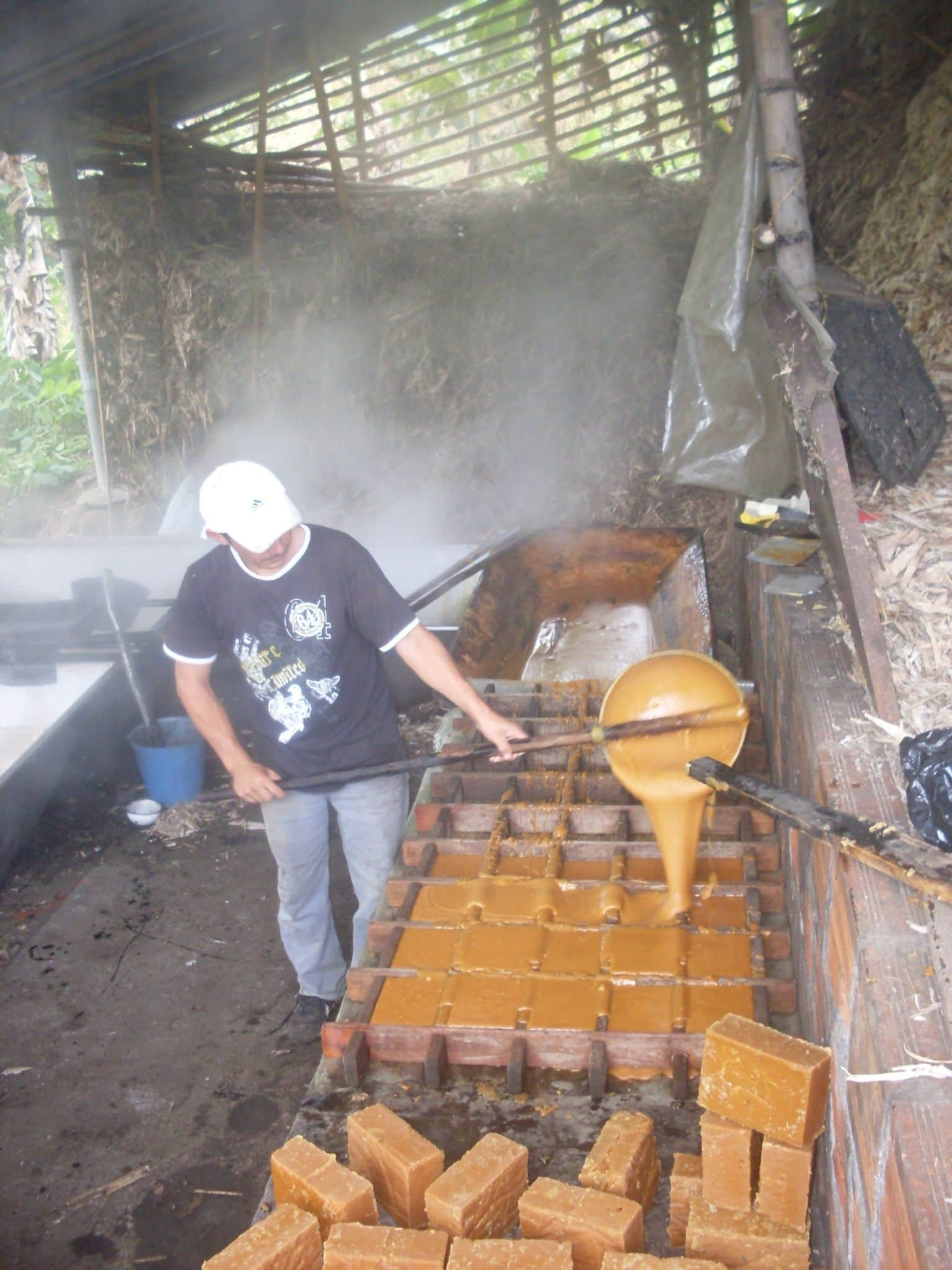
It is consumed in different ways, mainly to make panela water, for which water is boiled and the desired amount of panela (depending on the amount of sugar desired) and left to boil. It can be served as a hot drink or left to cool and consumed later. You can also add lemon, prepare it with ginger and if you want to make a hot cocktail, combine it with a shot of aguardiente, and you get a delicious canelazo.
It is advisable to make it light as it has a high sugar content, but combined with lemon and prepared with plenty of water, it is very refreshing.
There are also traditional recipes such as mazamorra, which is a preparation made with corn, milk and panela; and natilla, a traditional Christmas dessert made with milk, cinnamon, cornstarch and panela.
Today, new generations of chefs in contemporary Colombian cuisine include panela in various preparations of dishes such as beef tenderloin in panela and honey sauce or sweet and sour pork chops in panela sauce, among others.
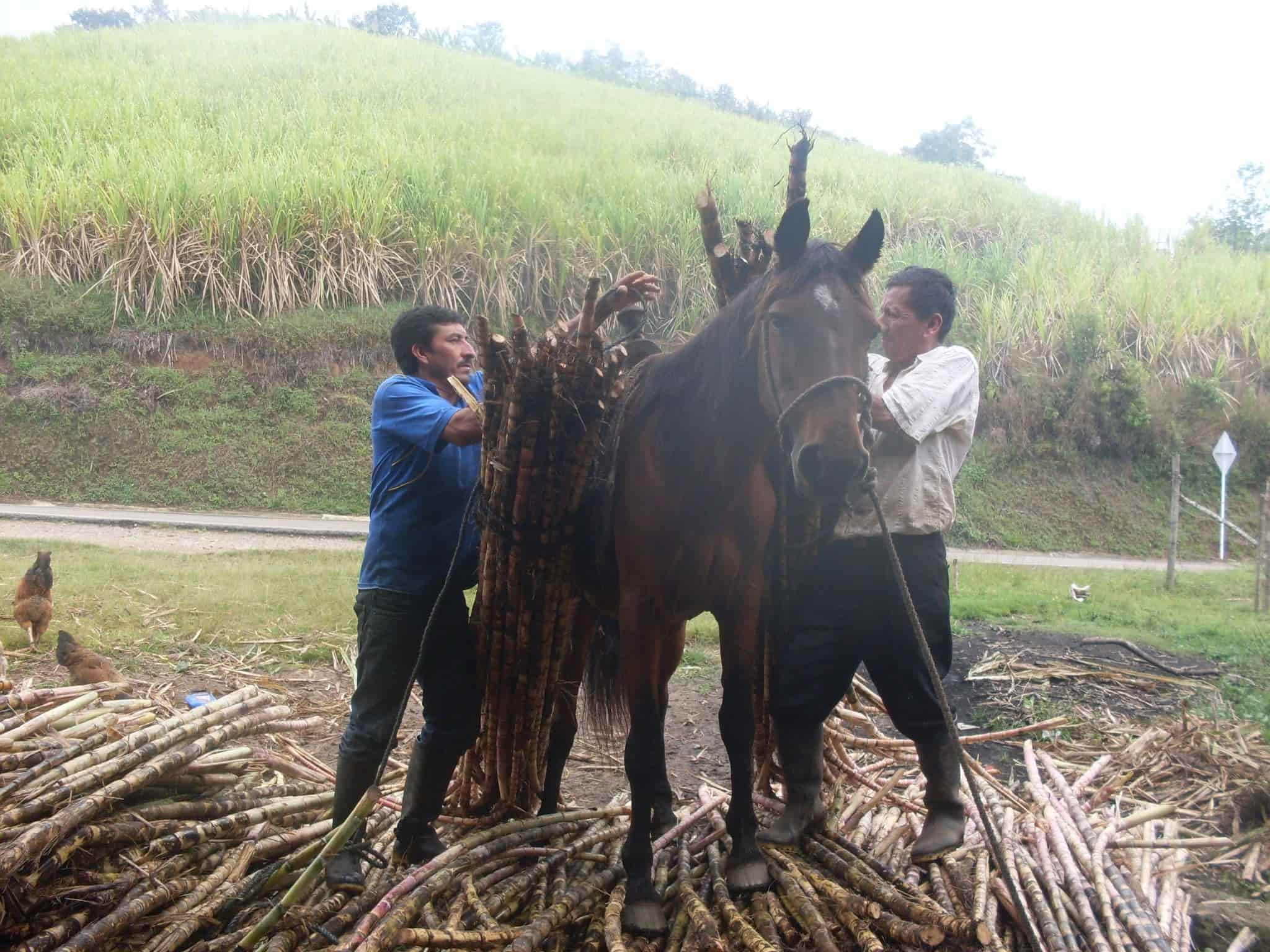
Historically, panela has been consumed in Latin America for more than 500 years and since its beginnings it has been consumed as a drink. Today it has reached the level of fine cuisine, and thus the social position of panela has changed over time. In the beginning, it was always considered a food of the people, from the Spanish colony until today, in a country where there are archaic social strata. The panela was considered a food for the people of the lower strata because it was cheap to sell and nutritious. Thus, low-income families used to feed their children with panela, but this has changed, thanks to campaigns such as the one carried out with the cycling champion Nairo Quintana: “Life tastes like panela”, and then thanks to the social positioning of panela as a symbol of Colombian identity, in the same way as coffee, and finally thanks to the recognition of its medicinal properties, since it heals, contains minerals and natural vitamins, gives energy, helps the respiratory system and, above all, nourishes.
Thus, the current context of the panela gives it an important status and it is recognised as an ingredient for the country’s renowned chefs. Within the framework of folklore, there is also a Queen of the Panela, which is celebrated every year in the department of Cundinamarca, in the municipality of Villeta, where the National Queen of the Panela is elected every year.
Bibliographie:
Ordóñez Caicedo Carlos.(26 de junio 2006). La aguapanela. Revista semana (edición 1.260) pp. 98.
TvAgro por Juan Gonzalo Angel 2019 Le processus d’élaboration de la panela est tiré de :
https://youtu.be/hgUj0tKM8OA
https://fedepanela.org.co/gremio/
https://www.historiacocina.com/paises/articulos/colombia/panela.html

